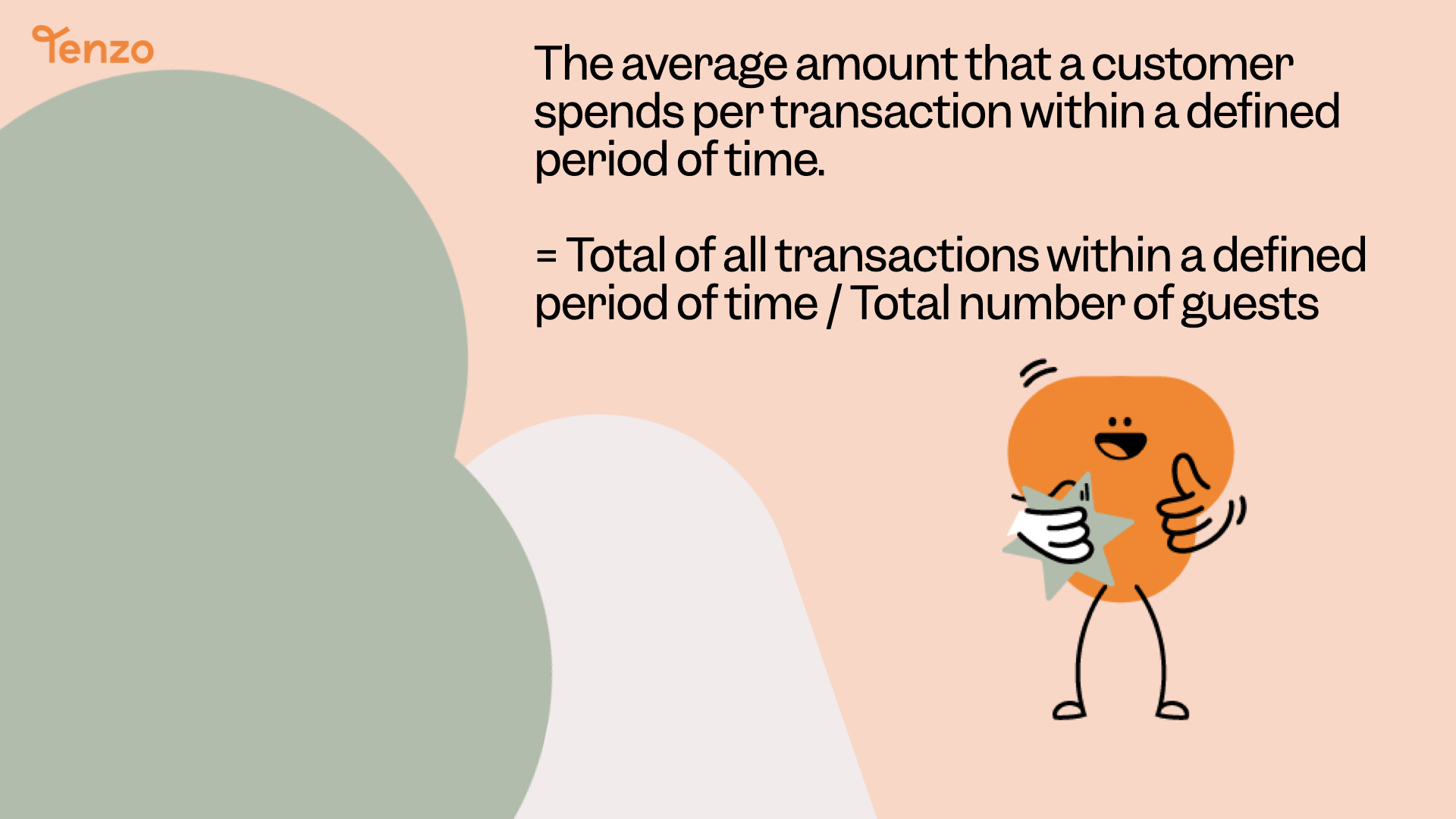Average Transaction Value: What is it?
Average Transaction Value (ATV) is a crucial metric to be tracking to help boost sales and performance in your restaurant.
By monitoring ATV, you can identify trends, make informed decisions, and implement strategies to maximise revenue.
In this article, we will explore what ATV is, why tracking it is important, and how you can increase it in your restaurant sales.
What is Average Transaction Value (ATV)?
Average Transaction Value (ATV) is a metric used to measure the average amount of money spent by customers in a single transaction at a restaurant, it can sometimes be referred to as average order value.
It is calculated by dividing the total revenue generated by the number of transactions during a specific period.
For example, if a restaurant generates £1,000 in revenue from 100 transactions in a day, the ATV would be £10. The average transaction value formula is;
Average Transaction Value = Total Sales Revenue / Number of Transactions
This is not to be confused with spend per head, or average consumer spend, as this is based on the number of covers and not the number of transactions. Both are useful metrics to track, but they are used, generally, by different restaurant types.
Increasing Average Transaction Value in Restaurants
To increase your average transaction value, there are several strategies and tactics you can implement.
Consider offering upsells and add-ons to your customers or you can create combo meals or meal deals that encourage customers to spend more by offering a bundled price for multiple items.
Upselling Techniques
Upselling techniques are effective ways to increase your average transaction value.
One technique is to offer add-ons or upgrades to the customer’s purchase. For example, if a customer is buying a burger, you can suggest adding bacon or upgrading to a larger size for an additional cost. This not only increases the ATV but also enhances the customer’s experience by giving them more options.
Training your staff to upsell can greatly impact your average transaction value. Teach them to actively engage with customers and suggest additional items that complement their purchase.
Special Offers and Promotions
Special offers and promotions play a crucial role in increasing your average transaction value.
By offering special deals and discounts, you can encourage customers to spend more on each transaction. For example, you can offer a “buy one, get one half off” promotion, which incentivises customers to purchase additional items. This can significantly increase the total value of their transaction.
Another way to increase average transaction value is by offering exclusive promotions to customers who spend a certain amount. This encourages customers to order more menu items in order to qualify for the promotion, thereby increasing their ATV.
Menu Engineering
Menu engineering is a strategic approach to designing and organising a restaurant menu to maximise profitability. By identifying the high-profit items and promoting them, menu engineering can help increase the average transaction value in restaurant sales.
The goal of menu engineering is to encourage customers to choose higher-priced menu items, thereby increasing the ATV. This can be achieved by strategically placing high-profit items in prominent positions on the menu, using enticing descriptions and visuals to highlight their appeal, and offering attractive pricing options such as combo meals or value deals.
Guiding customers towards these higher-profit items helps to improve average transaction value, as well as improving their experience – which in turn improves customer lifetime value. However, it requires regular analysis and reviewing to maximise the performance improvements.
Why Tracking Average Transaction Value Matters
Tracking your restaurant’s average transaction value (ATV) is crucial for restaurant operators. By monitoring ATV, you can gain valuable insights into your customers’ spending habits and preferences. Which in turn, can help you make informed decisions about menu pricing, promotions, and special offers.
Knowing your ATV can also help you identify opportunities for upselling and cross-selling. By analysing customer purchase patterns, you can strategically position higher-priced items or suggest add-ons that complement their orders. This can lead to increased revenue and profitability for your restaurant.
Tracking ATV can also help you measure the effectiveness of your marketing and promotional efforts. By comparing the ATV before and after implementing a special offer or promotion, you can determine if it has successfully encouraged customers to spend more. This data can guide future marketing strategies and help you maximise your return on investment.
Conclusion
In conclusion, tracking Average Transaction Value (ATV) is crucial for optimising restaurant performance. It helps identify profitable menu items, personalize marketing efforts, and improve customer segmentation.
By increasing ATV, restaurants can boost their sales and profitability. So, make sure to focus on strategies like menu engineering, upselling techniques, and special promotions to maximize the value of each transaction.
Keep track of ATV to make informed decisions and drive success in your restaurant business.




